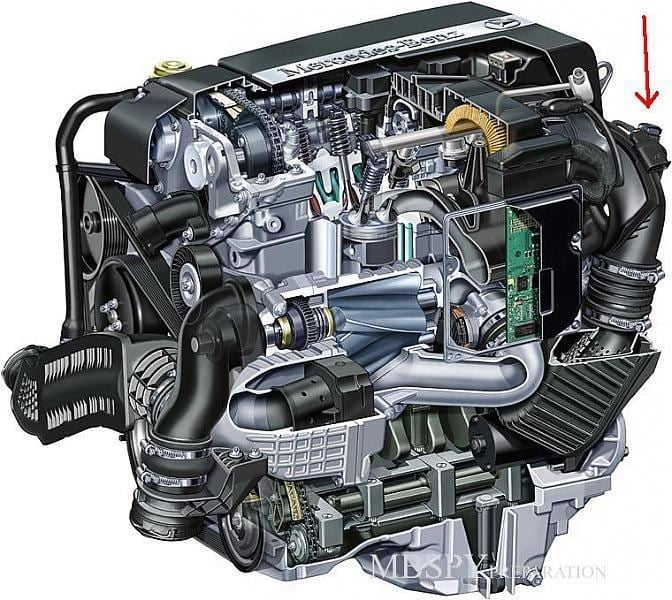 | ||
Kompressor (stylized as KOMPRESSOR) is a marketing name by Mercedes-Benz used in supercharged engines. The term is not widely used by other motor manufacturers.
Contents
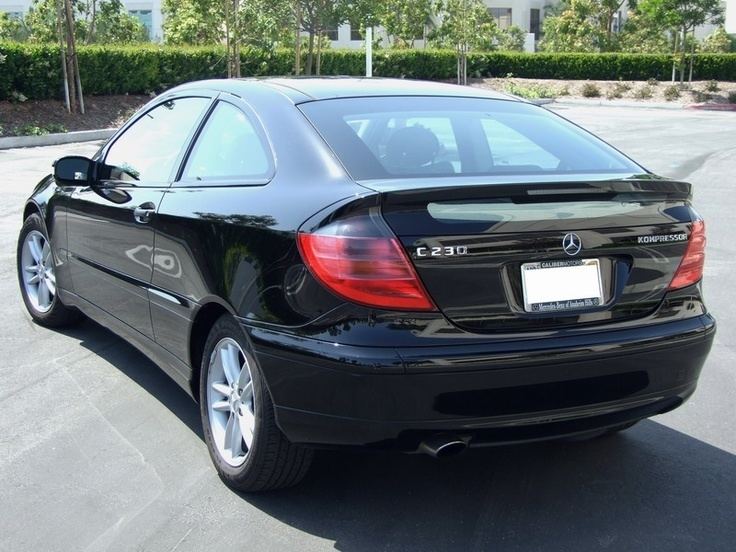
The first supercharger was developed in 1921 by a Daimler-Benz team with assistance from Ferdinand Porsche. Mercedes became the first manufacturer to install superchargers on some production models. The designation "K" on Mercedes usually means "Kurz", or short, but can mean "Kompressor".
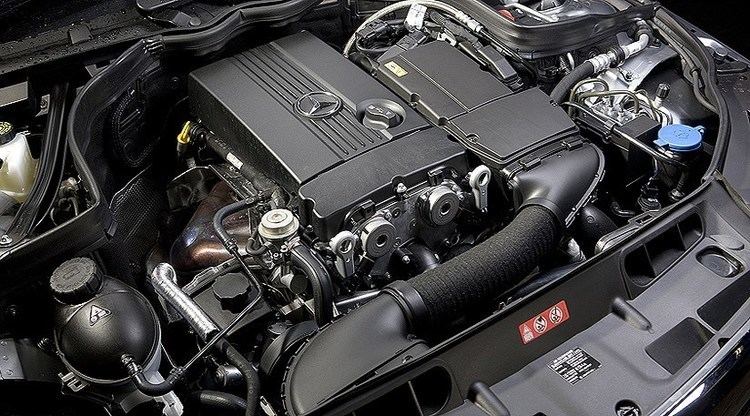
Marques with Kompressor option
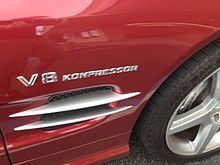
230 1.8L I4 Kompressor
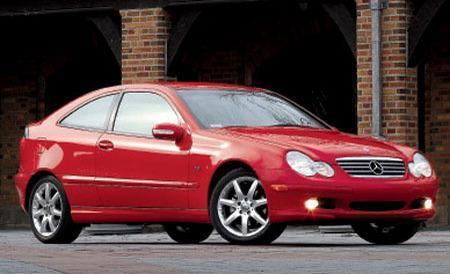
In 2002 for the 2003 model year, a new family of supercharged four cylinder engines, dubbed M271, debuted for the entire range C-Class range. All of them used the same 1.8-litre engine, with different designations according to horsepower levels, including a version powered by natural gas. The C 230 Kompressor variant sported 142 kW (190 hp). The newer 1.8-litre was less powerful but smoother and more efficient than the older 2.3-litre engine (141 kW (192 PS) compared to 142 kW (193 PS).
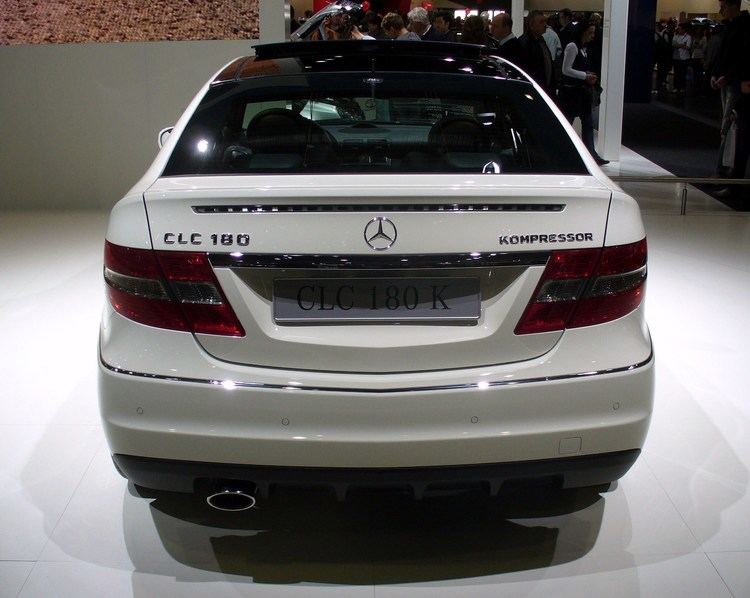
Initial engine options comprised the C 180 (139 PS), C220 (143 PS), C 200 Kompressor, and C 230 Kompressor. In 2003, Mercedes-Benz added the C 180 Kompressor, followed by the C 200 CGI in 2003, and finally the C 160 Kompressor in 2005. The C 230 SportCoupé was powered by a 2.3-litre supercharged, four-cylinder motor. It offered 143 kW (192 hp) and 270 N·m (200 lb·ft) of torque. However, the supercharged inline-four engine was considered to be coarse and noisy at the high end.
"32" 3.2 L V6 Kompressor
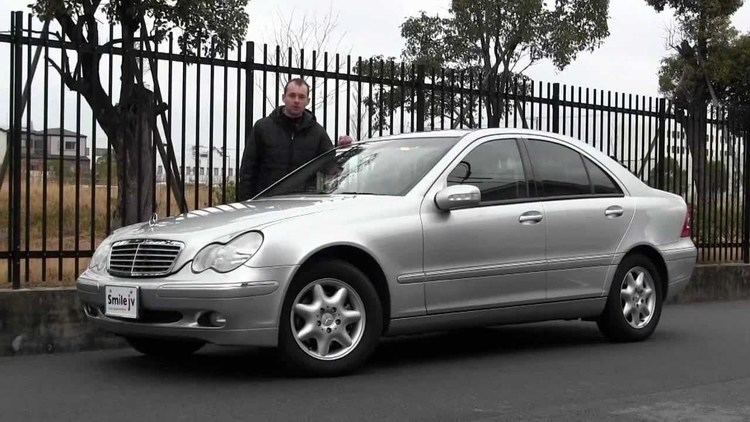
Powertrain consists of AMG SPEEDSHIFT black series 5-speed automatic transmission mated to an AMG 3.2 liter V6 Kompressor engine with an output of 260 kW/349 hp and 332 lb·ft (450 N·m) @ 4,400 rpm. The engine is a special version of the 3.2 L (3199 cc) M112 E32, fitted with a helical twin-screw supercharger and water-to-air intercooler. The supercharger was developed in conjunction with IHI and features Teflon-coated rotors producing overall boost of 14.5 psi (1 bar). Compared to the standard M112 engine, the AMG version also has a new crankshaft, new con rods and pistons, an oil pump with a 70-percent increased capacity, lightweight camshafts, and stiffer valve springs for a redline of 6200 rpm, an increase of 200 rpm.
While rival BMW M developed the SMG II semi-automatic for the BMW M3, the C32 and SLK32 have a 5-speed automatic transmission’s “Speedshift” system which now has quicker response (up to 35 percent) to accelerator and shift selector movements.
Interestingly, the C32 had a smaller engine than its predecessors, the C36 AMG with the M104 3.6L I6 engine, and the C43 AMG powered by the M113 4.3L V8 engine. Nonetheless, the C32 AMG was capable of runs to 60 in 4.5 seconds, when reviewed by AutoCar on June 27, 2001, beating the BMW M3 and the Porsche 911.
"55" 5.4 L V8
Nicknamed the "Hammer", the idea came after the original 1986 AMG Hammer (a W124 E-Class sedan with an AMG-tuned 360 hp 5.6-liter V8), the 2000 E55 AMG could hit 0-60 mph in 4.9s and took 13.3s to run 1/4 mile.
The main engine is a 5.4 L V8 engine This engine comes in two configurations.
The supercharged 5.4 L 24 valve V8 engine was mated to the Speedshift 5-speed automatic transmission, which has a torque capacity of 796 lb·ft (1,079 N·m), as the newer 7G-Tronic introduced in 2003 is limited to 542 lb·ft (735 N·m), not enough to handle the torque from the supercharged V8.
The V8 S55 AMG had comparable output to the V12-powered S600 throughout their production. The S55 AMG (2001–02) was outfitted with a 5.4L 354 hp (264 kW) V8 motor while the later versions (2003–06) sported the same motor, but supercharged to a rated 493 hp (386 kW). The S600 (2001–02) was outfitted with a 5.8L 362 hp (270 kW) V12 engine while the later versions (2003–06) sported a twin-turbocharged (or Bi-Turbo) 493 hp (368 kW) 5.5L V12. The justification for having two models with the same power is that the S55 AMG is sportier and more responsive, while the costlier S600 is more luxurious with a smoother ride.
AMG phased out both the naturally aspirated and supercharged 5.4 L engines in favor of the new M156 V8 beginning in 2006, which was paired with 7G-Tronic. However, some enthusiasts were disappointed because the M156 produces less torque than the supercharged M155.
For the Model Year 2009:
